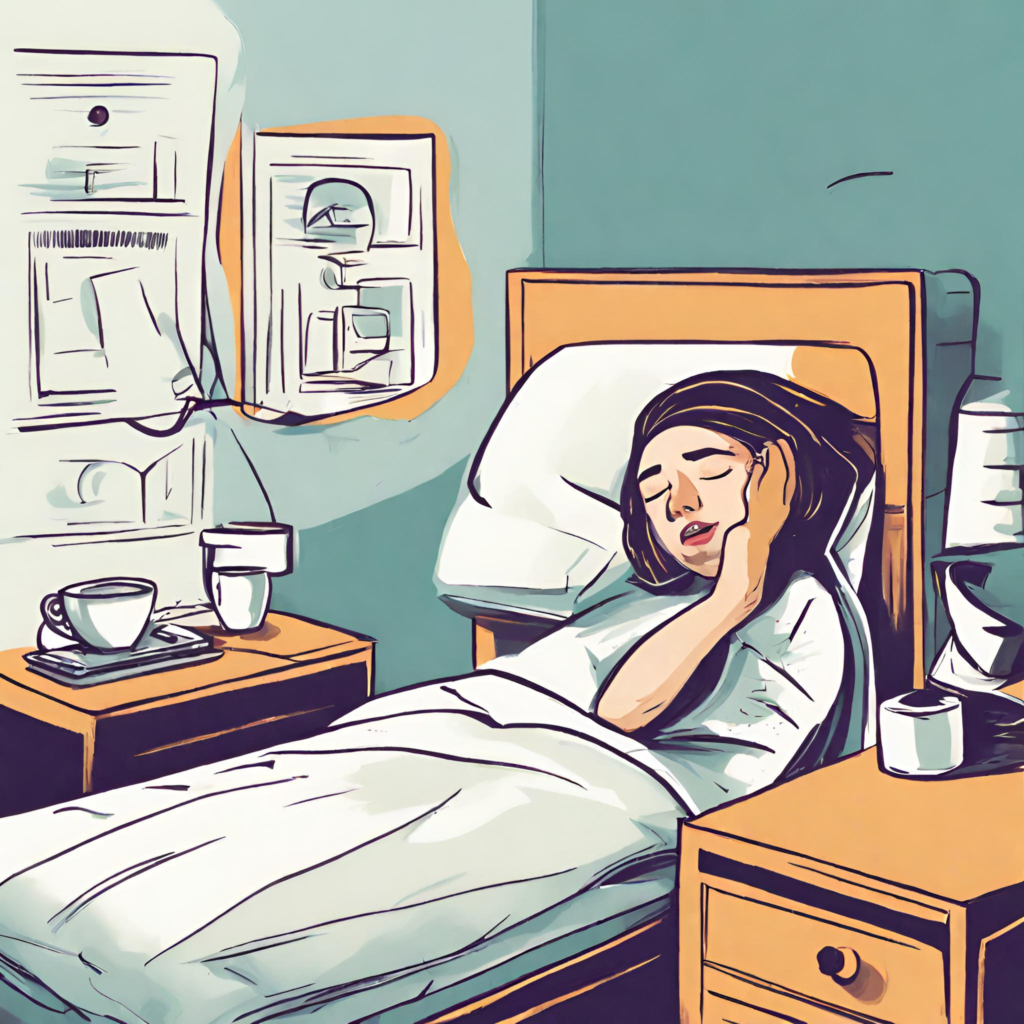In the realm of rest and rejuvenation, the art of napping holds a coveted position. However, the true mastery of napping isn’t just about drifting off to sleep—it’s also about waking up refreshed and alert. This comprehensive guide will provide a deep dive into the techniques that can help you emerge from your naps feeling revitalized and ready to take on the rest of your day, focusing particularly on effective wake-up strategies post-nap.
Understanding Sleep Inertia
Before delving into the solutions, it’s important to understand the problem. Sleep inertia is that groggy, disoriented feeling you often experience after waking up from a nap. It can impair your cognitive and motor skills, making it difficult to transition back to your activities. Sleep inertia is usually more intense and longer-lasting when you wake up from deep sleep, which is why the timing and length of your nap are crucial for implementing effective post-nap awakening strategies.
Optimizing Nap Length for Maximum Refreshment
Power Nap (10-20 minutes)
For a quick refresh without the grogginess, power naps are your best bet. These short naps typically don’t enter the deep sleep stages, which means you can wake up feeling alert and rejuvenated, a key component of effective wake-up strategies post-nap.
The 90-Minute Nap
A full sleep cycle lasts about 90 minutes, and waking up at the end of this cycle can help minimize sleep inertia. This longer nap can provide more restorative benefits, including improved memory and creativity, but it’s essential to time it correctly to avoid waking up in the middle of a deep sleep stage, aligning with strategies for optimal wakefulness after napping.

Techniques to Enhance Post-Nap Alertness
Pre-Nap Caffeine
Consider a “caffeine nap” or “coffee nap.” Have a cup of coffee just before you settle down for a short nap. Caffeine takes about 20 minutes to kick in, so you’ll wake up just as the caffeine starts to take effect, providing an extra boost of alertness, an innovative approach among effective wake-up strategies post-nap.
Strategic Alarm Setting
Set multiple alarms at strategic intervals. The first alarm should mark the end of your intended nap duration. Set a second alarm for a few minutes later as a backup. This method ensures you have a buffer in case you don’t wake up after the first alarm, a practical element of post-nap wake-up tactics.
Proper Hydration
Staying well-hydrated is crucial for maintaining energy levels. Have a glass of water before and after your nap to help shake off any lingering sleepiness, reinforcing the importance of hydration in post-nap rejuvenation strategies.
Exposure to Natural Light
Sunlight signals your brain to suppress melatonin production, the hormone that makes you feel sleepy. After waking up, expose yourself to natural light by stepping outside or opening the curtains. This can help reduce sleep inertia and boost your energy levels, a vital part of effective wake-up strategies post-nap.
Gentle Movement and Stretching
Engage in some gentle physical activity immediately after waking up. Stretching, a brisk walk, or even some light yoga can increase your heart rate and blood flow, helping to dispel the fog of sleep inertia. Incorporating physical movement is a key tactic in enhancing alertness post-nap.
Engaging the Senses
Stimulate your senses to help wake up your brain. You can use a refreshing scent, such as peppermint or citrus, take a cold shower, or splash your face with cool water to provide a sensory wake-up call. This multisensory approach is crucial for effective post-nap awakening.

Consistent Sleep Patterns for Improved Post-Nap Alertness
A regular sleep schedule can help minimize sleep inertia. If you nap at the same time every day, your body can adapt to this pattern, making it easier to wake up feeling alert. Consistency is a significant factor in developing effective wake-up routines post-nap.
A Mindful Wake-Up for Enhanced Post-Nap Alertness
Give yourself a few minutes to transition from sleep to wakefulness. Practice deep breathing or mindfulness techniques to help clear your mind and prepare for the day ahead. This mindful approach is an important component of post-nap rejuvenation strategies.
Monitoring Your Response to Different Wake-Up Techniques
Everyone’s body reacts differently to naps. Pay attention to how you feel after different types of naps and adjust your techniques accordingly. Keep a nap diary to track the length of your naps, the techniques you used, and how you felt afterward. This can help you refine your approach and find the best strategy for waking up refreshed.
Conclusion: Effective Wake-Up Strategies Post-Nap
Mastering the art of waking up refreshed from a nap is about understanding your body’s needs and responding with the right techniques. By optimizing your nap length, employing strategies to combat sleep inertia, and paying attention to how your body responds, you can transform your napping experience. With these tools at your disposal, you can harness the power of naps to rejuvenate your mind and body, ensuring that you wake up from each nap feeling refreshed, alert, and ready to take on the world’s challenges. Embrace the art of napping and let it become a cornerstone of your daily routine for sustained energy and vitality, all while utilizing effective wake-up strategies post-nap.


